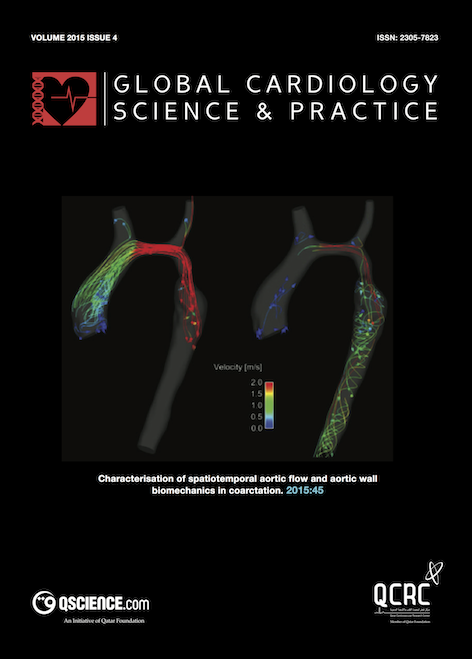Treatment of coronary artery disease from the inside: Light at the end of the tunnel?
Abstract
Surgical treatment of coronary heart disease has shown its life saving benefits in millions of patients for more than half a century. Attempts to create less invasive ways to achieve similar results have attracted great attention since the introduction of balloon angioplasty in 1977. The fascination with such techniques was hampered by a 30% recurrence rate and a 5% rate of abrupt closure, requiring emergency bypass surgery in most instances.
Angioplasty lost much of its unpredictability with the introduction of stents in 1986. The use of potent anti-platelet regimes added further safety, but recurrence remained a definite thread until the introduction of anti-mitotic coatings during the early years of this century. Very late thrombosis, however, continues to haunt interventionist and patients. Vanishing poly-lactic acid stents time still fail to exhibit comparable mechanical properties at present. So far bypass surgery has not yet lost its attraction in complicated and diffuse disease, despite its much higher patient discomfort.
Downloads
Published
Issue
Section
License
This is an open access article distributed under the terms of the Creative Commons Attribution license CC BY 4.0, which permits unrestricted use, distribution and reproduction in any medium, provided the original work is properly cited.


